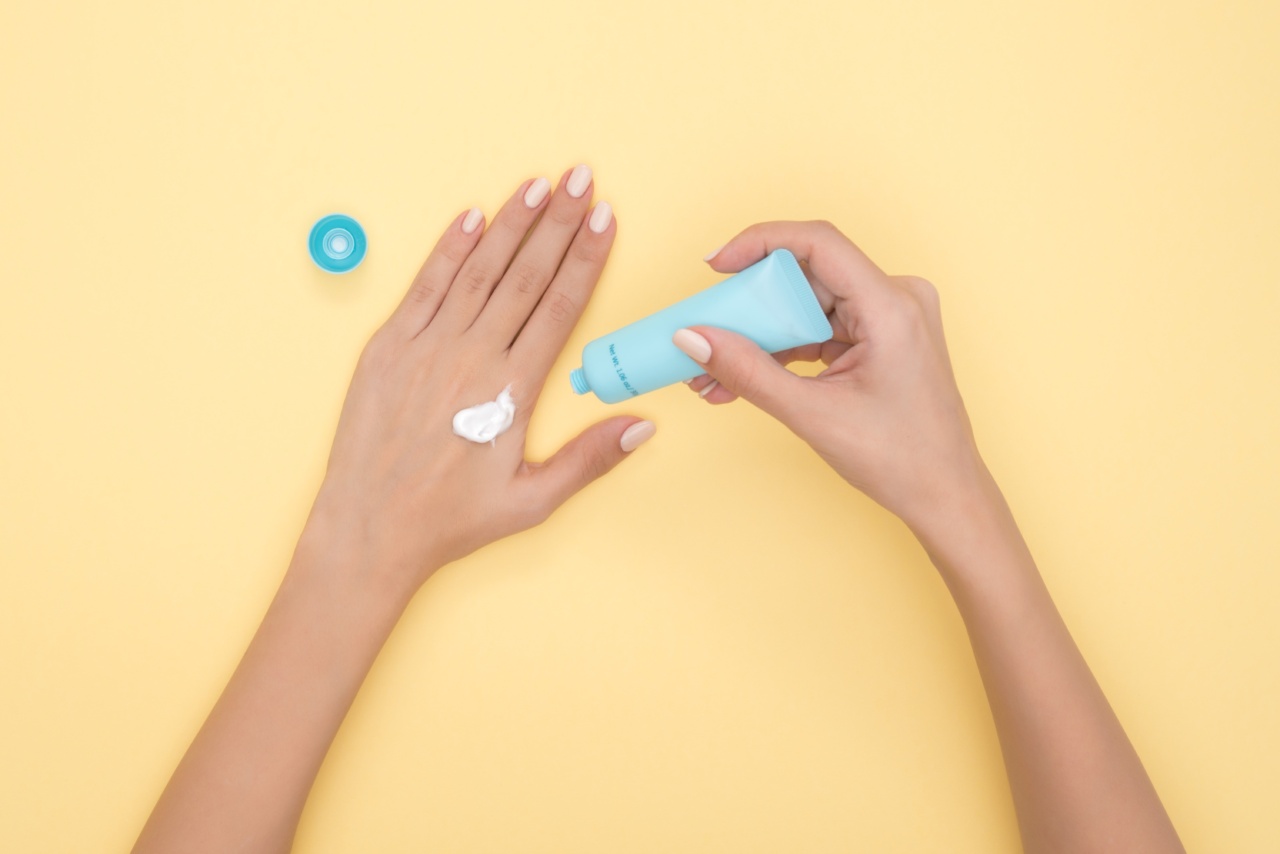Sunscreen is a crucial component of skincare, especially in countries with a higher exposure to the sun. It helps protect our skin from harmful ultraviolet (UV) radiation, which can cause sunburns, premature aging, and even skin cancer.
With so many options available in the market, it can be confusing to determine which form of sunscreen is the most effective. Should you choose a cream, lotion, stick, or spray? Let’s break down each of these options to help you make an informed decision.
The Cream Formulation
Cream sunscreens are among the most common and traditional forms available. They typically have a thicker consistency and often leave a white cast on the skin.
Cream sunscreens tend to provide excellent protection against UV rays because they contain a higher amount of active ingredients. Additionally, the cream formulation is an ideal option for individuals with dry or sensitive skin as it often includes moisturizing ingredients.
The Lotion Formulation
Lotion sunscreens are similar to cream sunscreens in many ways. They are usually lighter in texture and easier to spread on the skin, making them popular for everyday use. Lotion sunscreens are absorbed quickly, leaving little to no residue behind.
Like cream sunscreens, they are ideal for dry or sensitive skin due to their moisturizing properties.
The Stick Formulation
Sunscreen sticks are a convenient option, particularly for on-the-go application. They come in solid form and are usually compact, making them easy to carry around in pockets or bags.
Stick sunscreens are valuable for targeting specific areas, such as the lips, nose, and ears. However, their texture may feel thicker and heavier on the skin, which could potentially deter some individuals.
The Spray Formulation
Spray sunscreens have gained popularity in recent years due to their ease of application and quick drying time. They come in aerosol spray bottles and are typically applied by spraying directly onto the skin.
Spray sunscreens are convenient for covering large areas of the body, like the back or legs, providing even and continuous coverage. However, there is room for error as people may not apply enough or miss certain areas when using spray sunscreens.
Factors to Consider
When choosing a sunscreen formulation, there are several factors to consider:.
Skin Type
Understanding your skin type is essential in selecting the right sunscreen. If you have dry or sensitive skin, cream or lotion sunscreens may be the best options as they provide added moisture and hydration.
For individuals with oily or acne-prone skin, lightweight formulations like lotions or sprays may be more suitable as they are less likely to clog pores.
Activity Level and Lifestyle
Your activity level and lifestyle also play a role in deciding the ideal sunscreen formulation.
If you engage in outdoor sports or activities that cause you to sweat profusely, a water-resistant sunscreen in any form (cream, lotion, stick, or spray) would be the most effective. Spray sunscreens, in particular, can be convenient for reapplication during physical activities.
Application Convenience
The convenience of application is another critical factor. Creams and lotions tend to require more effort and time to spread evenly, while sticks and sprays offer quicker and easier application.
If you value convenience, stick or spray sunscreens may be the better choice.
Additional Considerations
It’s important to note that regardless of the formulation you choose, there are a few additional factors to consider:.
Sun Protection Factor (SPF)
The Sun Protection Factor (SPF) measures the level of protection a sunscreen offers against UVB rays, which are primarily responsible for sunburns. Experts generally recommend using a sunscreen with an SPF of at least 30.
It’s important to understand that SPF alone does not indicate protection against UVA rays, which are linked to skin aging and cancer. Look for a broad-spectrum sunscreen that protects against both UVA and UVB rays.
Ingredient List
Examining the ingredient list is crucial to determine the efficacy and safety of a sunscreen. Opt for sunscreens that contain active ingredients such as zinc oxide or titanium dioxide, as they provide excellent broad-spectrum protection.
Avoid sunscreens that include potentially harmful substances such as oxybenzone or homosalate.
Frequently Reapply
No matter the formulation you choose, it’s important to reapply sunscreen every two hours, especially when exposed to the sun for an extended period or after swimming or sweating excessively.
Remember to apply sunscreen generously to ensure adequate coverage.
Conclusion
Choosing the right sunscreen formulation ultimately depends on your specific needs and preferences. Creams and lotions provide excellent protection and hydration, while sticks and sprays offer convenience and ease of application.
Regardless of the formulation, always prioritize a broad-spectrum sunscreen with an appropriate level of SPF. Additionally, it’s crucial to reapply sunscreen regularly and examine the ingredient list for any potentially harmful substances.
With these considerations in mind, you can confidently select a sunscreen that suits your skin type, activity level, and lifestyle.































